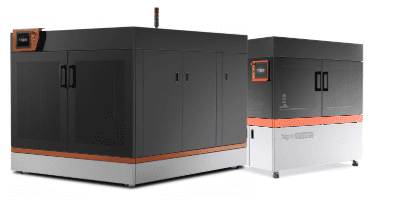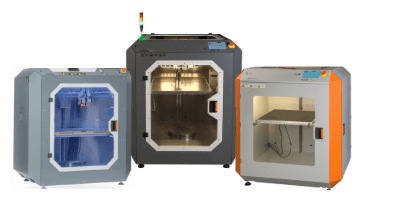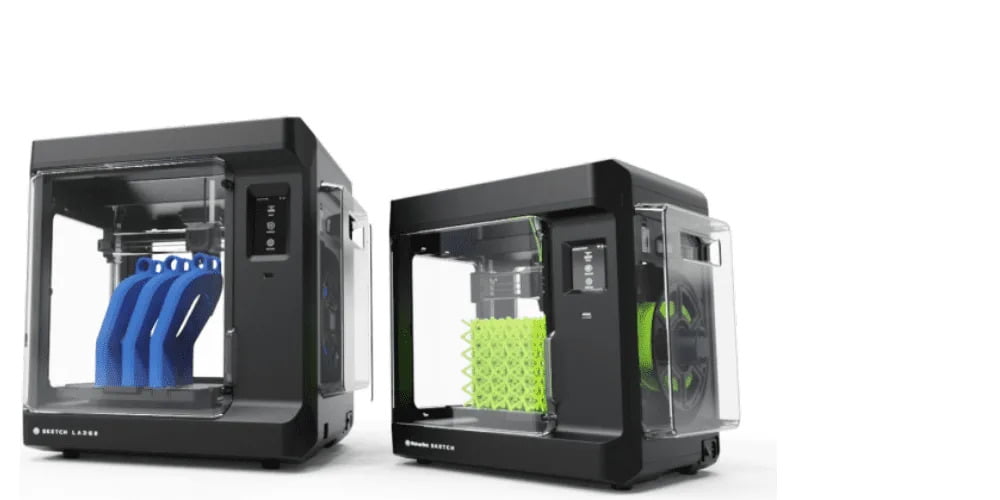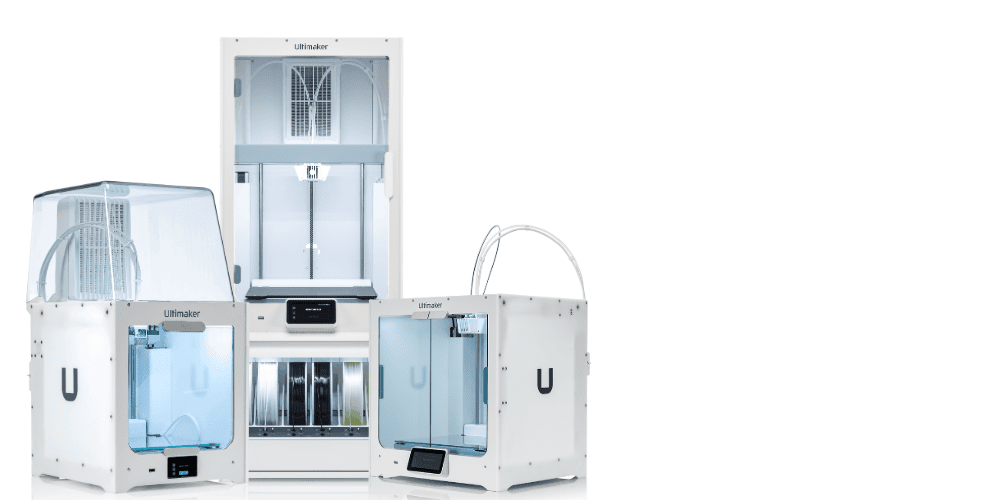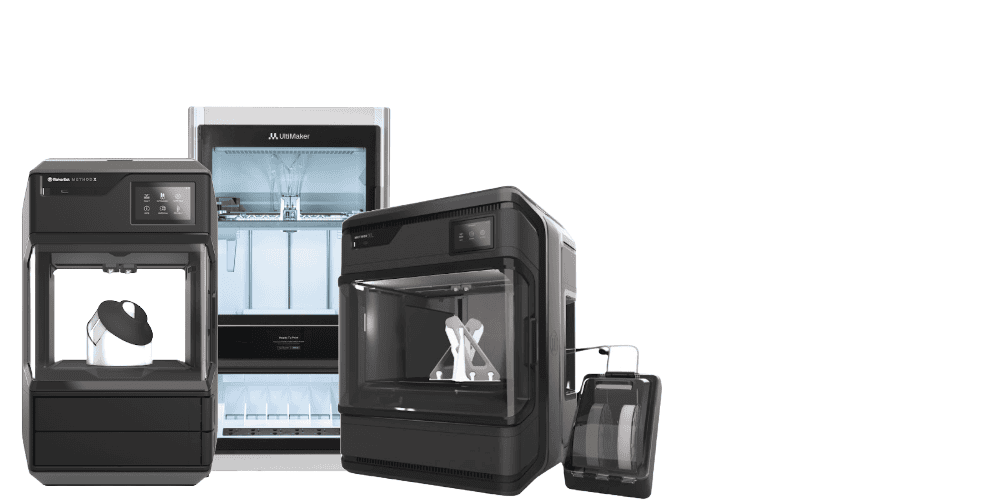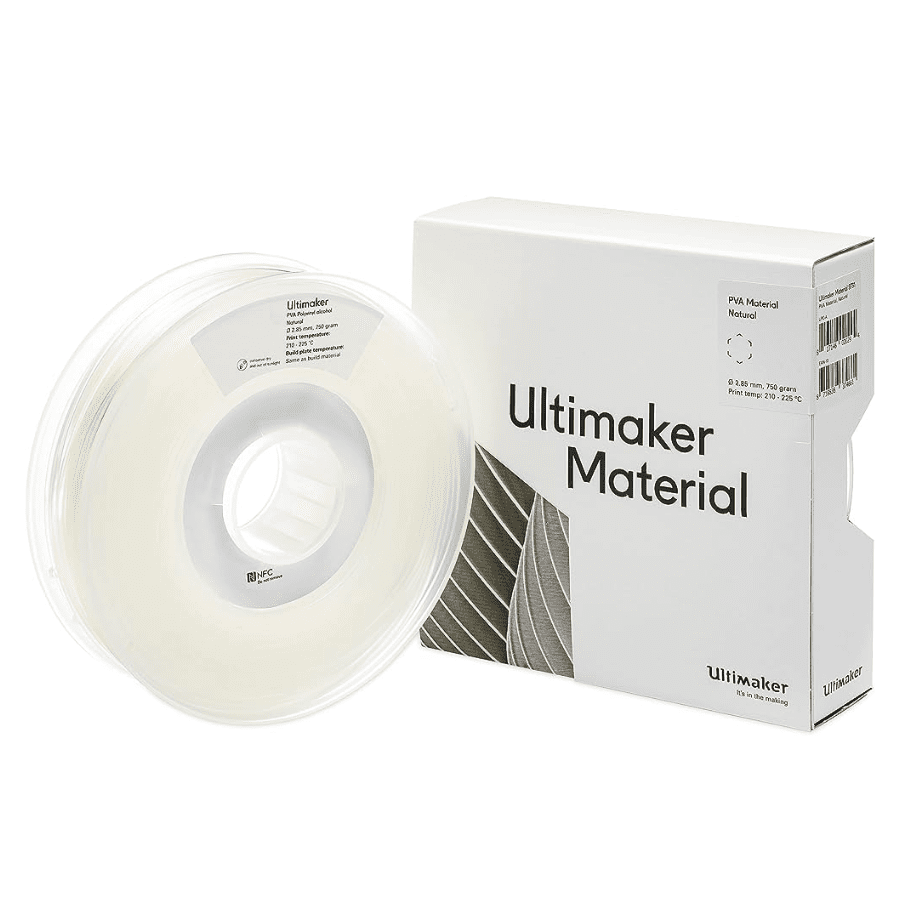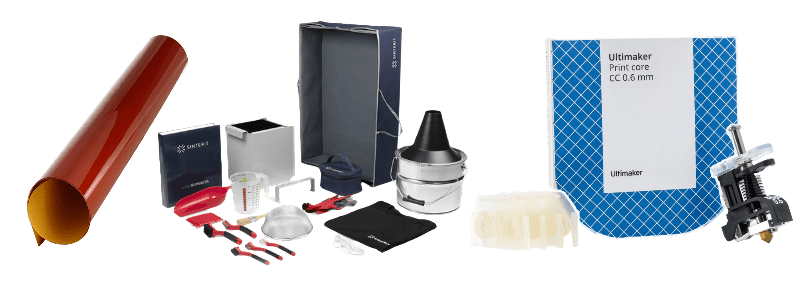Omni3D is shaping the future of large-format 3D printing across multiple industries, and with NATO certification, has become a trusted partner in military logistics.
Omni3D is shaping the future of large-format 3D printing across multiple industries, and with NATO certification, has become a trusted partner in military logistics.


OMNI3D: Ensuring Reliability and Quality
NATO certification ensures that Omni3D can be trusted for the production of mission-critical parts, maintaining the highest level of reliability and quality in the field.
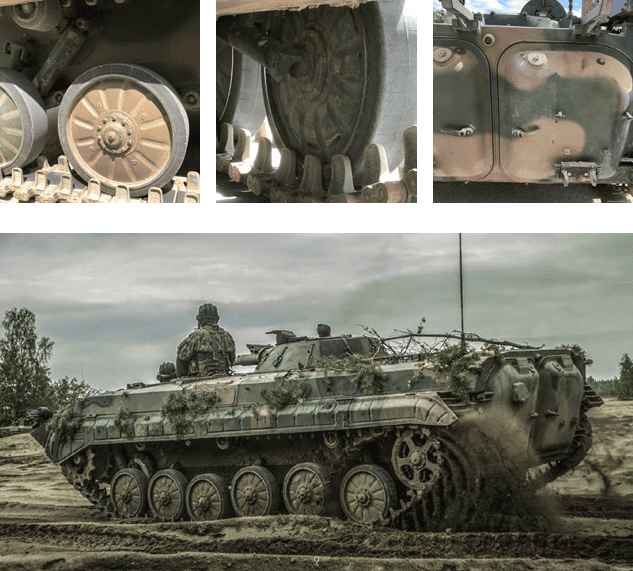
The Benefits of 3D Printing in the Defense Industry:
Rapid Response and Self-Sufficiency
In the current global landscape, the need for adaptable, cost effective, and self-sufficient solutions in the defense industry has never been greater. The battlefield is unpredictable, with rapid changes in needs and demands for quick action. Supply chains are often susceptible to disruption due to geopolitical tensions, natural disasters, or unforeseen events. This can result in delayed or unavailable critical parts, impacting military operations. The solution -- 3D printing technology. The ability to print parts in real-time enhances battlefield readiness, making military forces more resilient in emergency situations.
Omni3D’s large-format printing capabilities offer reliable and self-sufficient solutions, allowing military forces to produce essential parts on-demand. No longer reliant on lengthy supply chains, militaries can quickly repair battle-damaged equipment, ensuring they stay operational when it matters most.
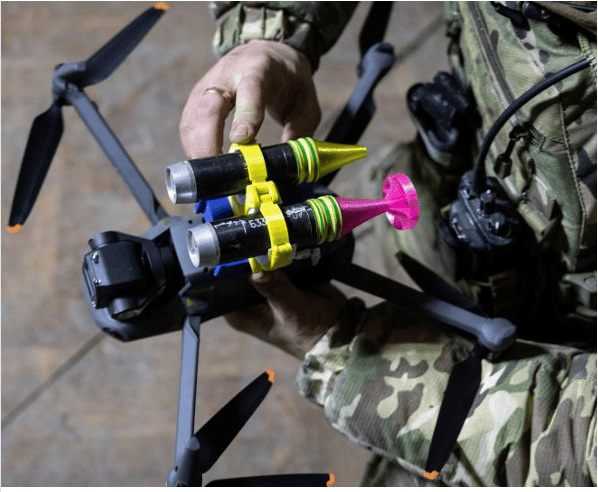
Cost Effective Solutions
In addition to offering rapid production, 3D printing also addresses a major financial burden faced by military suppliers—excess inventory. Traditional methods of inventory control often require large minimum order quantities, as well as the ongoing costs of storing surplus parts. This creates unnecessary financial strain and leads to wasted resources.
With Omni3D printing technology, military forces can produce only the parts they need, when they need them. This eliminates the need for surplus storage and reducing the costs associated with overstocking. This demand-driven approach not only saves money but also enhances operational efficiency.

